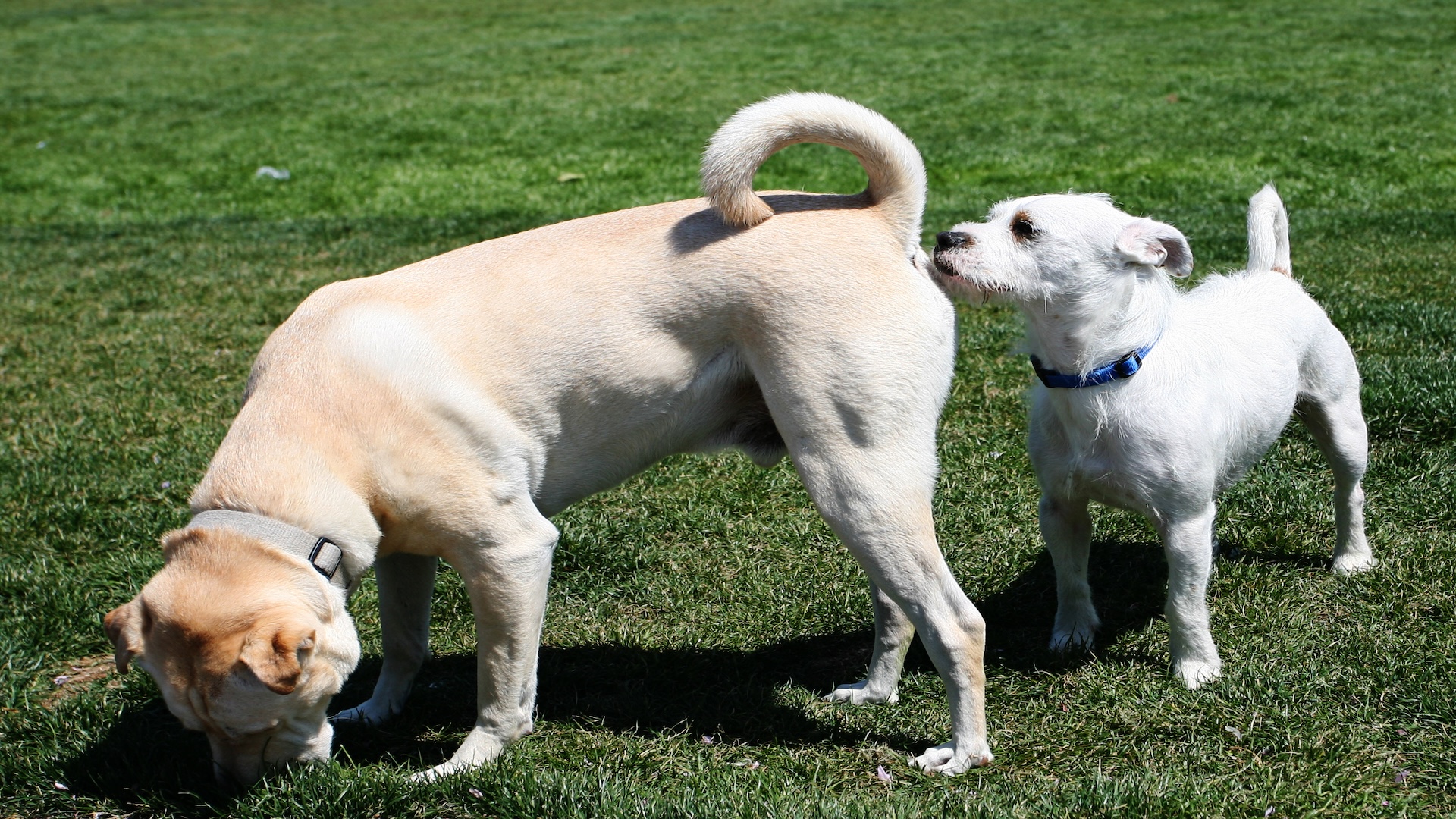Remote Sensing, Vol. 16, Pages 1510: Remote Quantification of Soil Organic Carbon: Role of Topography in the Intra-Field Distribution
Remote Sensing doi: 10.3390/rs16091510
Authors: Benjamin J. Cutting Clement Atzberger Asa Gholizadeh David A. Robinson Jorge Mendoza-Ulloa Belen Marti-Cardona
Soil organic carbon (SOC) measurements are an indicator of soil health and an important parameter for the study of land-atmosphere carbon fluxes. Field sampling provides precise measurements at the sample location but entails high costs and cannot provide detailed maps unless the sampling density is very high. Remote sensing offers the possibility to quantify SOC over large areas in a cost-effective way. As a result, numerous studies have sought to quantify SOC using Earth observation data with a focus on inter-field or regional distributions. This study took a different angle and aimed to map the spatial distribution of SOC at the intra-field scale, since this distribution provides important insights into the biophysiochemical processes involved in the retention of SOC. Instead of solely using spectral measurements to quantify SOC, topographic and spectral features act as predictor variables. The necessary data on study fields in South-East England was acquired through a detailed SOC sampling campaign, including a LiDAR survey flight. Multi-spectral Sentinel-2 data of the study fields were acquired for the exact day of the sampling campaign, and for an interval of 18 months before and after this date. Random Forest (RF) and Support Vector Regression (SVR) models were trained and tested on the spectral and topographical data of the fields to predict the observed SOC values. Five different sets of model predictors were assessed, by using independently and in combination, single and multidate spectral data, and topographical features for the SOC sampling points. Both, RF and SVR models performed best when trained on multi-temporal Sentinel-2 data together with topographic features, achieving validation root-mean-square errors (RMSEs) of 0.29% and 0.23% SOC, respectively. These RMSEs are competitive when compared with those found in the literature for similar models. The topographic wetness index (TWI) exhibited the highest permutation importance for virtually all models. Given that farming practices within each field are the same, this result suggests an important role of soil moisture in SOC retention. Contrary to findings in dryer climates or in studies encompassing larger areas, TWI was negatively related to SOC levels in the study fields, suggesting a different role of soil wetness in the SOC storage in climates characterized by excess rainfall and poorly drained soils.

 1 week ago
13
1 week ago
13


